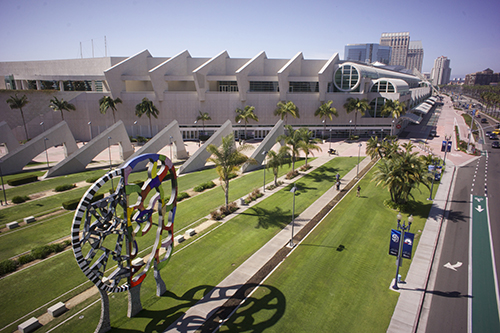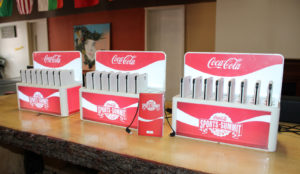Meet us in San Diego!
Join us in San Diego, CA for the leading annual all-immunology event worldwide!
- Explore the latest developments in your field
- Attend lectures by the world’s most prominent scientists
- Speak with poster authors presenting their latest data
- Network with colleagues from around the world, and
- Discover new techniques and resources that can benefit your research
Explore all there is to do and make plans to join us there!
AAI President’s Program
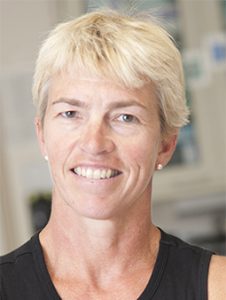
AAI President’s Address
Thursday, May 9, 2019
5:00 PM • Ballroom 20BCD
JoAnne L. Flynn
Univ. of Pittsburgh Sch. of Med.
AAI President
At the interface of microbiology and immunology
Olja Finn, Univ. of Pittsburgh
Introduction
AAI President’s Symposium
Interactions of pathogens with the immune system
Sunday, May 12, 2019 • 12:30 PM • Ballroom 20BCD
- Philana Lin, Children’s Hosp. of Pittsburgh, Tuberculosis: exceptions to every rule
- Karen A. Norris, Univ. of Georgia, Immunity in the immunocompromised host
- Robert Seder, NIAID, NIH, Intravenous vaccination as an approach for inducing protective tissue resident T cell responses against tuberculosis and malaria
- Vanja Lazarevic, NCI, NIH, Transcriptional regulation of the inflammatory response
AAI Distinguished Lectures
Friday, May 10, 2019
6:00 PM • Ballroom 20BCD
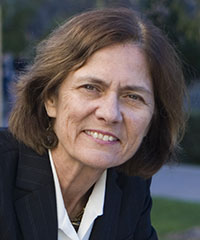
Andrea J. Tenner
Univ. of California, Irvine
Complement: primitive yet powerful–new discoveries in immunity and the nervous system
Saturday, May 11, 2019
6:00 PM • Ballroom 20BCD
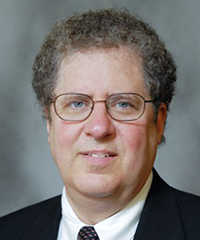
Bruce R. Blazar
Univ. of Minnesota
Stem cell transplantation:
restoring immune balance
Sunday, May 12, 2019
6:00 PM • Ballroom 20BCD
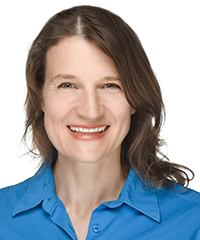
Gwendalyn J. Randolph
Washington Univ., St. Louis
Clearance of molecules and cells
from sites of inflammation
AAI Career Awards
Achievement Award
Thursday, May 9, 2019
5:00 PM • Ballroom 20BCD
(President’s Address)
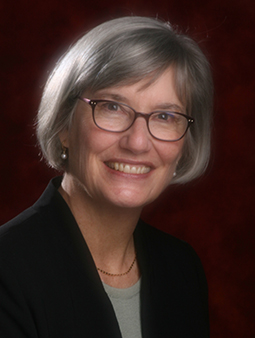 Pamela J. Fink
Pamela J. FinkUniv. of Washington
Service Award
Friday, May 10, 2019
1:00 PM • Room 30AB
(AAI Business Meeting)
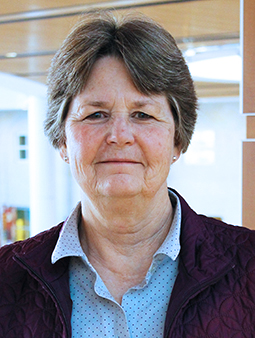 Beth A. Garvy
Beth A. GarvyUniv. of Kentucky Chandler Med. Ctr.
Service Award
Friday, May 10, 2019
1:00 PM • Room 30AB
(AAI Business Meeting)
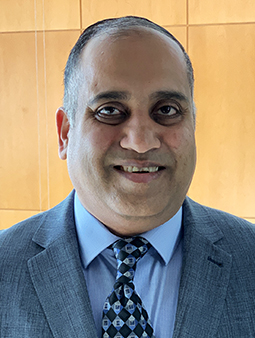 Clinton B. Mathias
Clinton B. MathiasWestern New England Univ.
Mentoring Award
Sunday, May 12, 2019
12:30 PM • Ballroom 20BCD
(President’s Symposium)
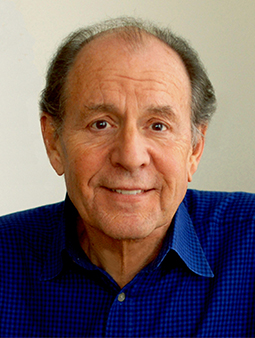 Harvey Cantor
Harvey CantorDana-Farber Cancer Inst., Harvard Med. Sch.
Sunday, May 12, 2019
4:30 PM • Ballroom 20BCD
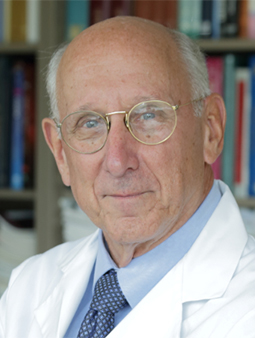 Steven A. Rosenberg
Steven A. RosenbergNCI, NIH
Lymphocytes as a drug for the treatment of human cancer
AAI-BD Biosciences Investigator Award
Friday, May 10, 2019
4:30 PM • Ballroom 20BCD
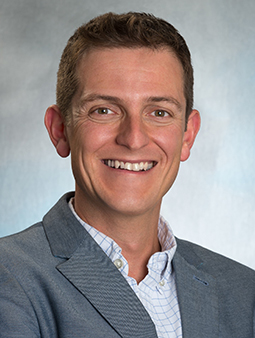 Francisco J. Quintana
Francisco J. QuintanaBrigham and Women’s Hosp., Harvard Med. Sch.
Environmental control of CNS inflammation
AAI-BioLegend
Herzenberg Award
Saturday, May 11, 2019
12:30 PM • Room 25ABC
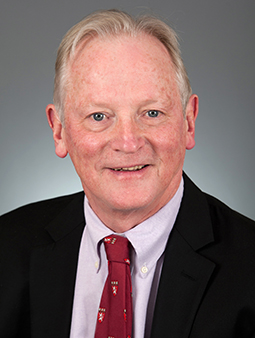 Frederick W. Alt
Frederick W. AltHHMI, Boston Children’s Hosp.
The fundamental role of chromatin loop extrusion in antibody diversification
AAI-Thermo Fisher Meritorious Career Award
Saturday, May 11, 2019
4:30 PM • Ballroom 20BCD
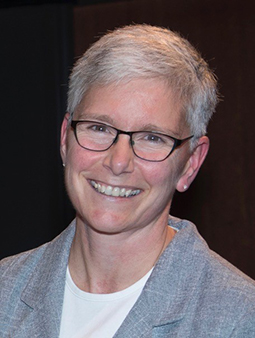 Kristin A. Hogquist
Kristin A. HogquistUniv. of Minnesota Ctr. for Immunology
Thymic selection of soldiers and peacekeepers
